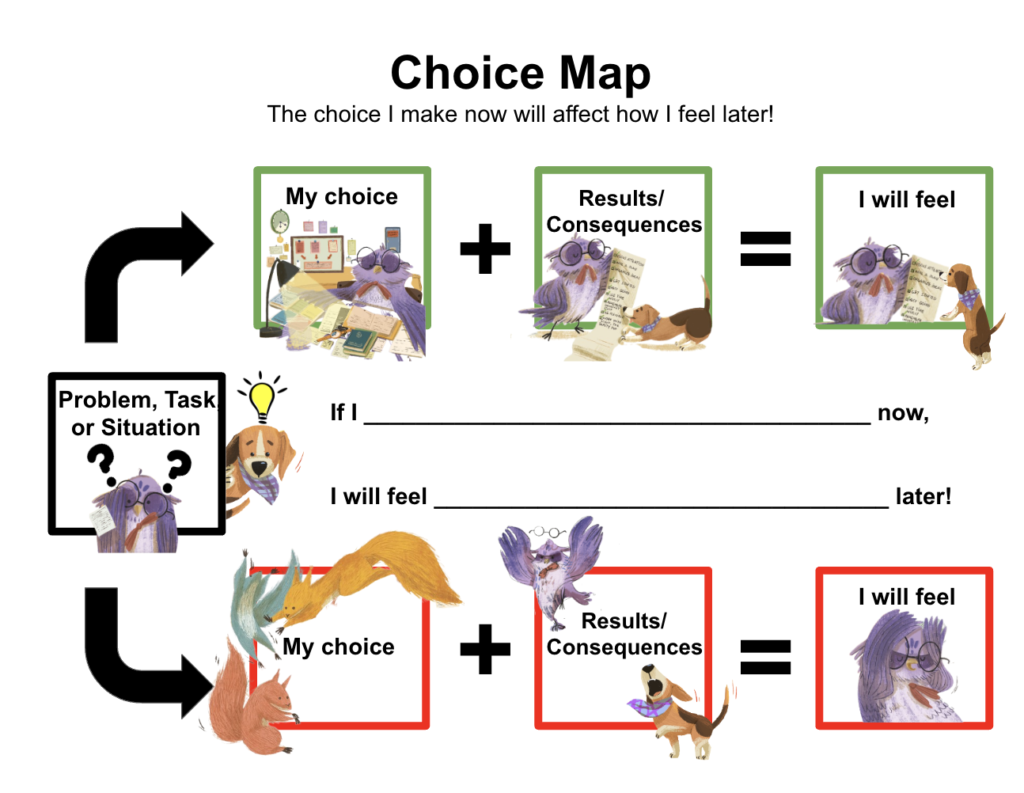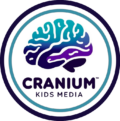Does your child frequently show up unprepared for events or activities, resulting in negative consequences?
Do you find yourself feeling frustrated by their inability to plan ahead or make thoughtful decisions?
Are your well-intentioned warnings ignored by your child, despite their feelings of regret later?
If these challenges resonate with you, you are not alone. Many adults who care for children with difficulties in future thinking face similar struggles, which can leave both the child and their parent feeling stressed, sad, and embarrassed. However, there is hope. By understanding the concept of future thinking and implementing effective strategies, we can empower children to develop crucial skills for anticipating, planning, and making informed choices. Let’s explore how future thinking can positively impact their lives and provide support for adults navigating this journey alongside them.
Understanding Future Thinking and Executive Functioning Skills
Future thinking is the ability to anticipate and plan for future events or situations. It involves considering potential consequences, setting goals, and making decisions based on those goals. Executive functioning skills, including future thinking, play a significant role in a child’s ability to navigate daily life successfully. Difficulties in this area can lead to academic struggles, social challenges, and emotional frustrations.
For children with ADHD and other executive function disorders, future thinking can be particularly challenging. They may struggle with organizing their thoughts, managing time effectively, and foreseeing the outcomes of their actions. As a result, they may often find themselves unprepared, leading to negative consequences and uncomfortable emotions.
The Power of Choice Maps
One effective strategy for helping children develop future thinking skills is through the use of a Choice Map. A Choice Map is a visual tool that a child can use to “see” into the future for decision-making and planning. It helps children consider different options, potential outcomes, and make informed choices.
How to Use a Choice Map
Identify the decision or situation: Start by clearly defining the decision or situation that your child needs to address. It could be something as simple as putting toys away or beginning an assignment.
Create the Choice Map: Use the Choice Map below or grab a pen and paper to create your own. Draw a flowchart or diagram that outlines the decision-making process related to the identified situation. Include different choices and potential consequences branching out from each decision point.
Discuss Potential Outcomes: Engage your child in a conversation about the potential outcomes or consequences of each choice on the map. Encourage them to think about how each choice may make them feel in the future and how it can impact the situation at hand. This helps them develop a greater awareness of the long-term implications of their choices.
Reflect on Emotions: Guide your child to reflect on the emotions they may experience based on different choices. Discuss how being prepared, managing time effectively, and making responsible decisions can lead to positive feelings and successful outcomes. Help them understand the importance of considering their future emotions when making choices.
Consider Short-Term vs. Long-Term Consequences: Discuss the concept of short-term gratification versus long-term rewards with your child. Help them understand that while immediate benefits may be tempting, it is crucial to consider the long-term consequences of their choices. Encourage them to think about how their actions today can impact their goals and overall well-being in the future.
Make Mindful Choices: Empower your child to make mindful choices by considering the consequences and their future emotions. Encourage them to use the Choice Map as a guide when faced with decisions related to the identified situation. With practice, they will develop the ability to think ahead, prioritize effectively, and make choices that align with their long-term goals.
Final Thoughts
By using choice maps, children can visually see their options, consider the potential outcomes, and make more thoughtful decisions. This tool enhances their future thinking skills, empowering them to better anticipate, plan, and prepare for various situations. As parents and teachers, let’s equip our children with the tools they need to thrive in the future by nurturing their future thinking abilities.


Links to Books on this Topic:
Hunter & His Amazing Remote Control
In this full-color, illustrated storybook, Hunter teaches students how he learned to use his very special remote control impulses and make good choices. Once children read or hear Hunter’s story, they can create their own amazing remote controls.
What if Everybody Did That?
Using humorous illustrations rendered in mixed media, this question is answered in a child-friendly way to show the consequences of thoughtless behavior.
What Were You Thinking?
When you’re a child, it’s not easy controlling your impulse reactions – kids do things before they think all the time. This humorous story teaches simple steps for stopping, thinking, decision-making, and choosing the right behavior.
Impulsive Ninja
Do you have a child who acts or talks impulsively? Impulsive Ninja learns how to access an underused superpower to respond to frustration, anger, and criticism.

